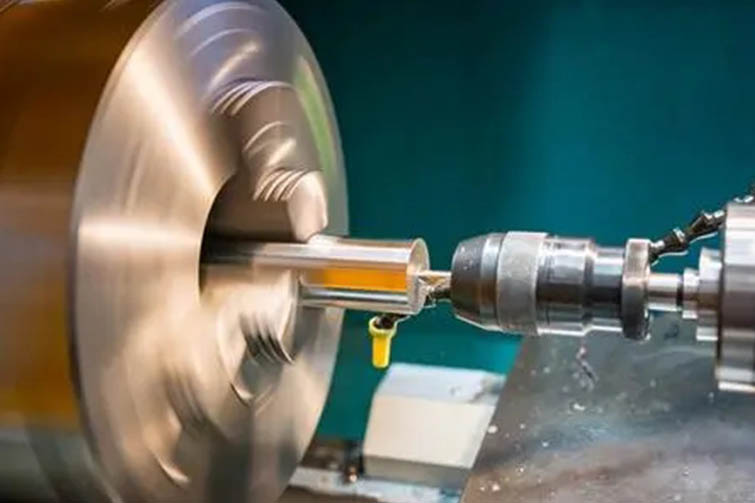

The Ultra-High Standards of Spaceflight Firmware
Space exploration has always been a field that demands the utmost precision, reliability, and innovation. The development of firmware for spaceflight is no exception. Spaceflight firmware, the specialized software embedded in the hardware of spacecraft, operates under stringent conditions and must adhere to ultra-high standards to ensure mission success and the safety of astronauts. This article delves into the critical aspects that define these standards and the rigorous processes involved in developing spaceflight firmware.
The Need for Rigorous Standards
1.Environmental Extremes
Space is an unforgiving environment with extreme temperatures, high levels of radiation, and the vacuum of space itself. Spaceflight firmware must be able to operate flawlessly in these conditions. Any malfunction could lead to catastrophic consequences, including the loss of spacecraft or endangering human lives. Therefore, the firmware must be designed to withstand these environmental extremes and continue to function accurately and reliably.
2.Zero Margin for Error
Unlike terrestrial applications, where software bugs can often be fixed through updates and patches, spaceflight firmware requires a zero-margin-for-error approach. Once a spacecraft is launched, it becomes incredibly challenging, if not impossible, to correct any software issues. This necessitates thorough testing and validation before deployment to ensure that the firmware performs flawlessly under all possible scenarios.
3.Real-Time Operations
Spacecraft operations are typically conducted in real-time, requiring immediate and precise responses from the firmware. This is particularly critical for tasks such as navigation, communication, and life support systems. The firmware must be optimized for real-time performance, with the ability to process and react to data without any latency that could jeopardize the mission.
Development Processes
Rigorous Testing and Validation
The development of spaceflight firmware involves extensive testing and validation processes. This includes simulation of space conditions, hardware-in-the-loop testing, and redundancy checks. Every line of code is scrutinized and tested to ensure it meets the required standards. Testing is conducted in phases, from unit testing to system-wide validation, to catch any potential issues early and ensure comprehensive coverage.
Redundancy and Fault Tolerance
Redundancy is a critical design principle in spaceflight firmware. Multiple systems are often implemented to perform the same function, ensuring that if one system fails, others can take over without interruption. Fault tolerance is built into the firmware to allow it to detect, isolate, and recover from faults autonomously. This ensures continuous operation even in the face of unexpected challenges.
Documentation and Verification
Every aspect of the firmware development process is meticulously documented. This documentation includes design specifications, testing protocols, validation results, and maintenance procedures. Comprehensive documentation ensures that every team member, from developers to mission controllers, understands the system thoroughly. Verification processes, including peer reviews and independent audits, are also conducted to validate the integrity and reliability of the firmware.
Standards and Regulations
Compliance with International Standards
Space agencies and organizations adhere to international standards and guidelines to ensure the highest quality and safety of spaceflight firmware. These standards, such as those set by the International Organization for Standardization (ISO) and the European Cooperation for Space Standardization (ECSS), provide a framework for developing, testing, and maintaining firmware. Compliance with these standards is mandatory for any space mission.
Continuous Improvement
The field of space exploration is continuously evolving, and so are the standards for spaceflight firmware. Lessons learned from past missions, advancements in technology, and ongoing research contribute to the continuous improvement of firmware standards. This iterative process ensures that spaceflight firmware remains at t he cutting edge of technology and safety.
Conclusion
The development of spaceflight firmware is a complex and demanding process that requires adherence to ultra-high standards. From withstanding the harsh conditions of space to ensuring real-time performance and fault tolerance, every aspect of the firmware must be meticulously designed and tested. Compliance with international standards and continuous improvement further underscore the commitment to excellence in this field. As humanity continues to explore the cosmos, the role of reliable and robust spaceflight firmware will remain paramount in ensuring the success and safety of space missions.





